Understanding The Relationship Between Bees And Flowers
Bees And Flowers
The relationship between bees and flowers is without a doubt one of the oldest, most powerful and beneficial of all times. Romeo and Juliet have nothing on this iconic pair.
As a beekeeper, this symbiotic codependence is something that you need to not only understand and appreciate but also respect.
It is truly the only way to ensure that you get the most out of your colony.
When bees are bred in an artificial hive environment, you have the choice to either feed them yourself or give them some freedom to forage for themselves.
It goes without saying that a little freedom goes a long way towards the success of your bee keeping venture. To help you understand and get the most out of this relationship, below is a bit more information on how both parties benefit.
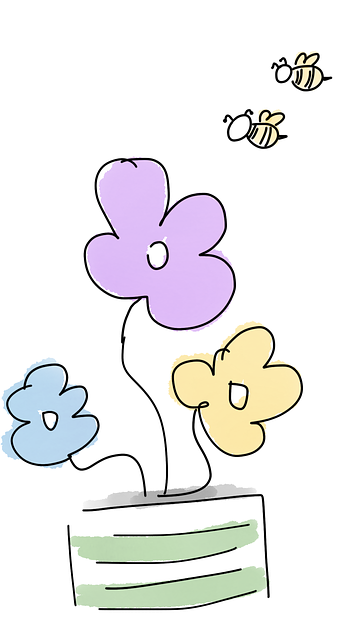
What Bees Get Out of It
Every single inch of a bee’s body is designed to interact with flowers. The skin has spiky hairs to collect pollen. The head features special mouth parts for collection of nectar.
The wings take it to the flowers while the antennae, eyes and intuition lead the way. As already stated, they brave the great big world every day in search of nectar and pollen and below are a few reasons why.
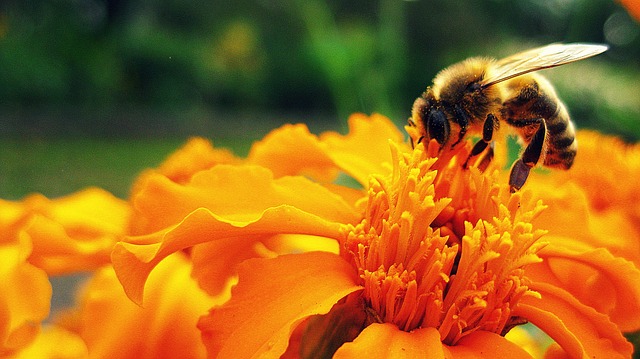
Nectar
Nectar is a sweet syrupy liquid produced by flowers as a way to attract bees. The compound is rich in simple sugars and carbohydrates. Nectar is the key ingredient in the making of honey which is the main source of nutrients and nourishment for bees.
Once the forager bee collects the nectar, it transports it back to the hive where worker bees work on processing it into honey.
This is stored in large reserves that sustain the bees throughout seasons where the flowers do not bloom.
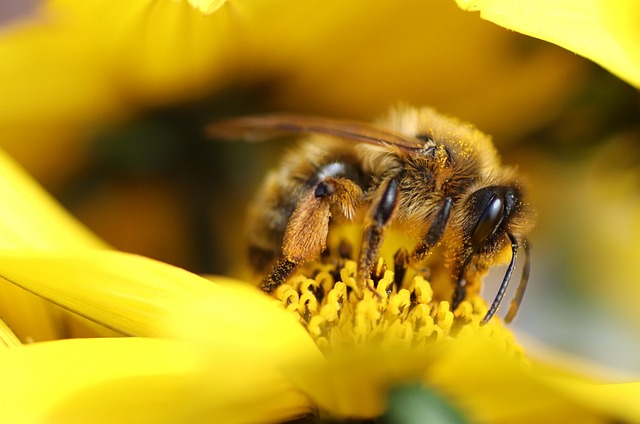
Pollen
When bees forage for flowers, pollen is not usually a key target as nectar is. It happens to be collected by chance as the bee enters the flower and comes into contact with pollen producing filaments.
Despite it being collected by accident, pollen has been shown to be very useful to the bees. It is used to make something known as bee pollen.
Bee pollen exists as pellets and consists of a mixture of raw flower pollen, nectar and bee saliva. It is rich in proteins, Vitamins A, C and E as well as antioxidants.
These help complement the bee’s high carbohydrate intake of honey.
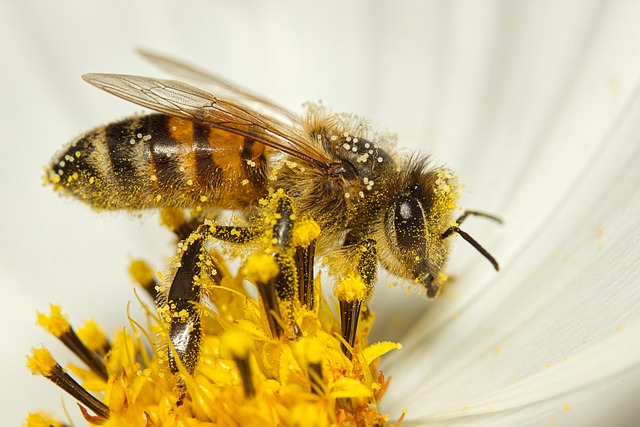
What the Flowers Get Out of It
The bees obviously have a lot to gain from flowers as far as nourishment is concerned. But how do the flowers benefit from this interaction? The answer is simple; insect pollination.
Pollination- how it works
Pollination is the process by which pollen is transferred to the stigma of a flower for the purpose of fertilization for sexual reproduction. Bees help by transferring this pollen from their body surfaces to the flower’s receptive stigma parts as they fly from flower to flower.
Flowers are adapted to this in many ways. One way is by having the pollen producing filaments deep within the flower close to where the nectar reserves are.
That way, the bee will definitely get into contact with the pollen on its way to the jackpot. They are also brightly colored and scented to attract the bees to them.
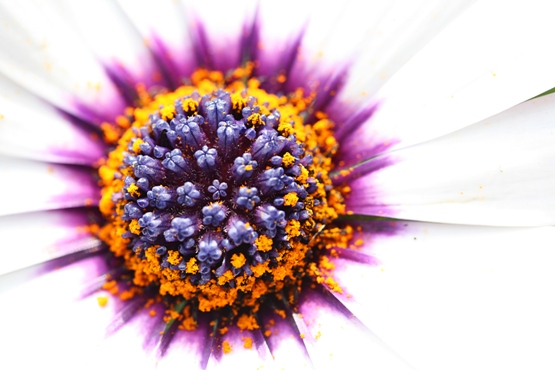
Benefits of insect pollination by bees
- It allows cross pollination when bees carry pollen from one flower and deposit it in another. This makes the next generation a lot stronger.
- It is more accurate than pollination by wind with much less wastage of pollen.
- It is simple and effective ensuring fast and successful pollination.
Reasons to Understand this Relationship as a Beekeeper
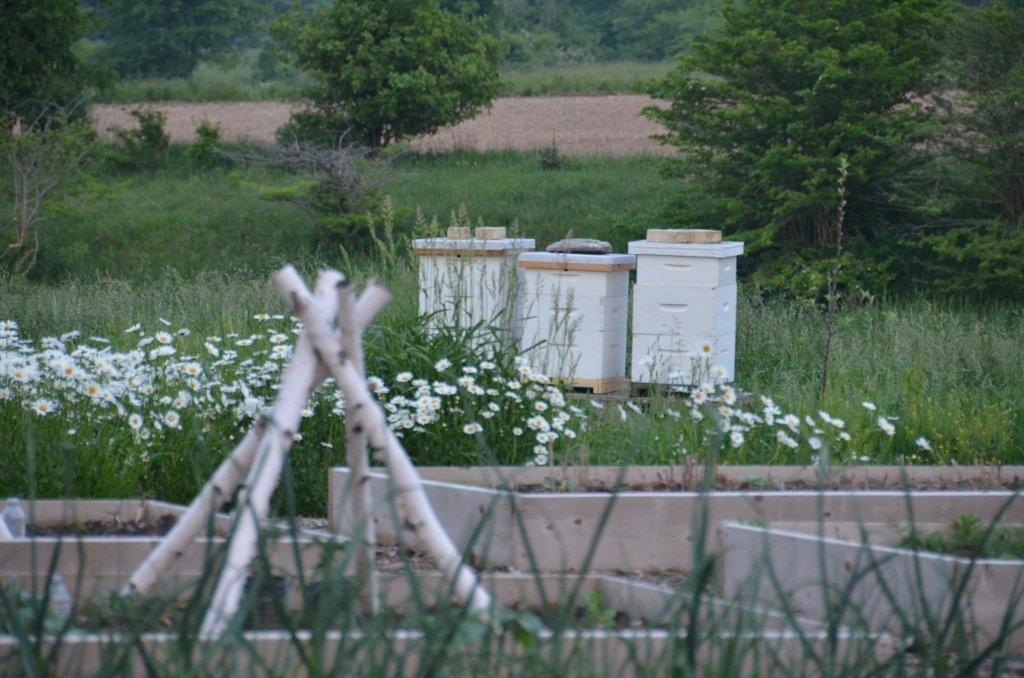
From all this information, it is clear that both the flowers and bees have a lot to gain from this relationship.
This interaction comes in especially handy if you are carrying out crop farming alongside the beekeeping venture. That way, you get free food for your bees and free pollination for your plants.
If this is not the case, the best thing for you to do is to ensure that you set up your bee farm close to flowers. It could be anything from a full farm to a simple wild blossom bush.
That way, the forager bees in your hive do not have to travel too far to find what they need to get their part of the job done.
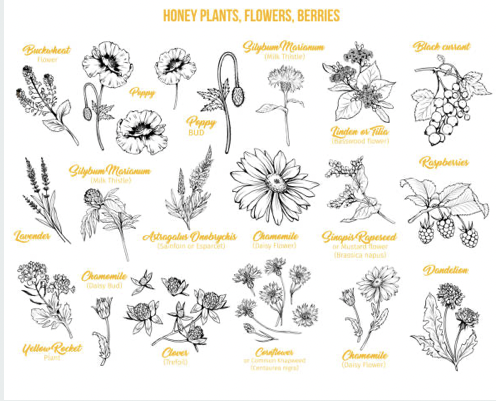
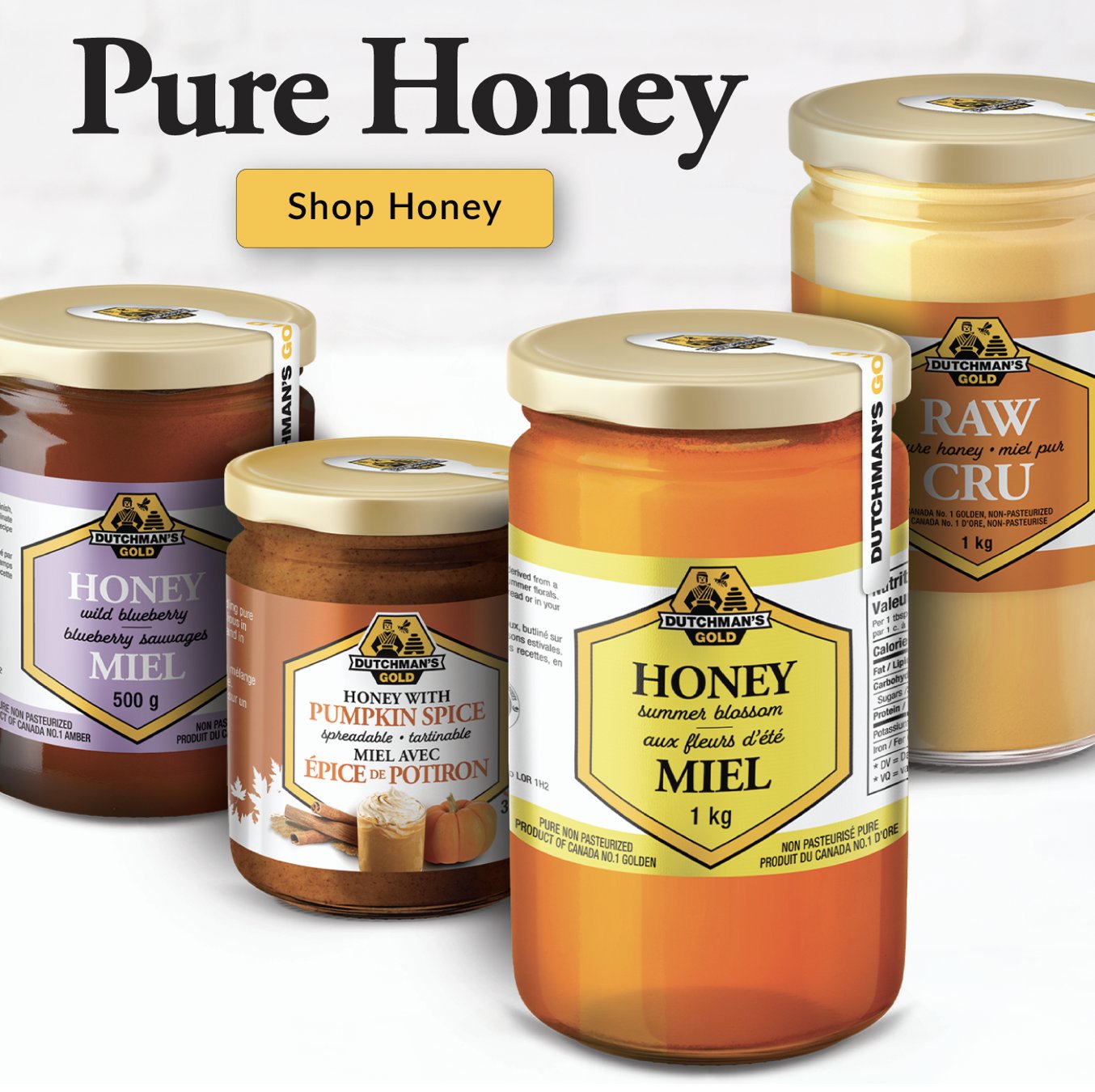
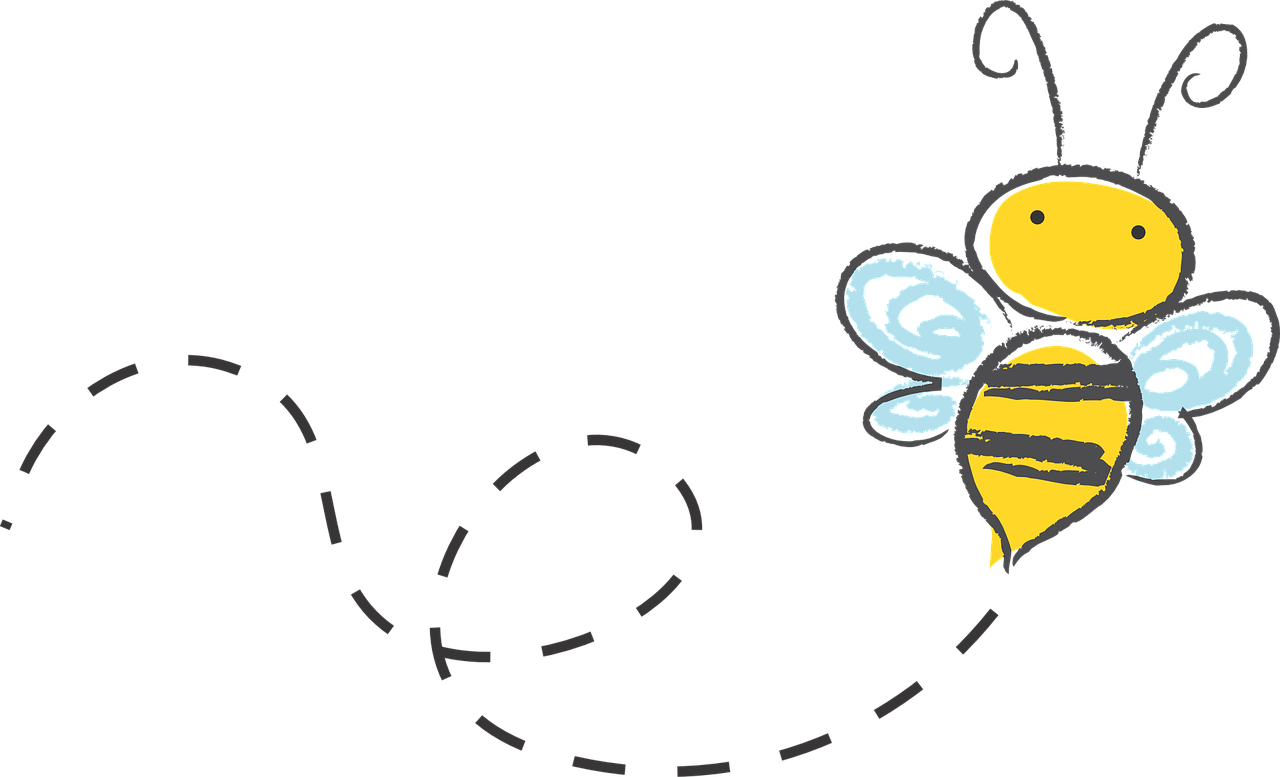
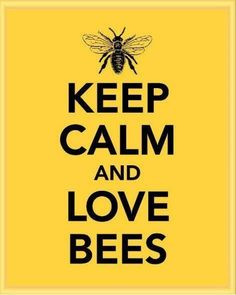
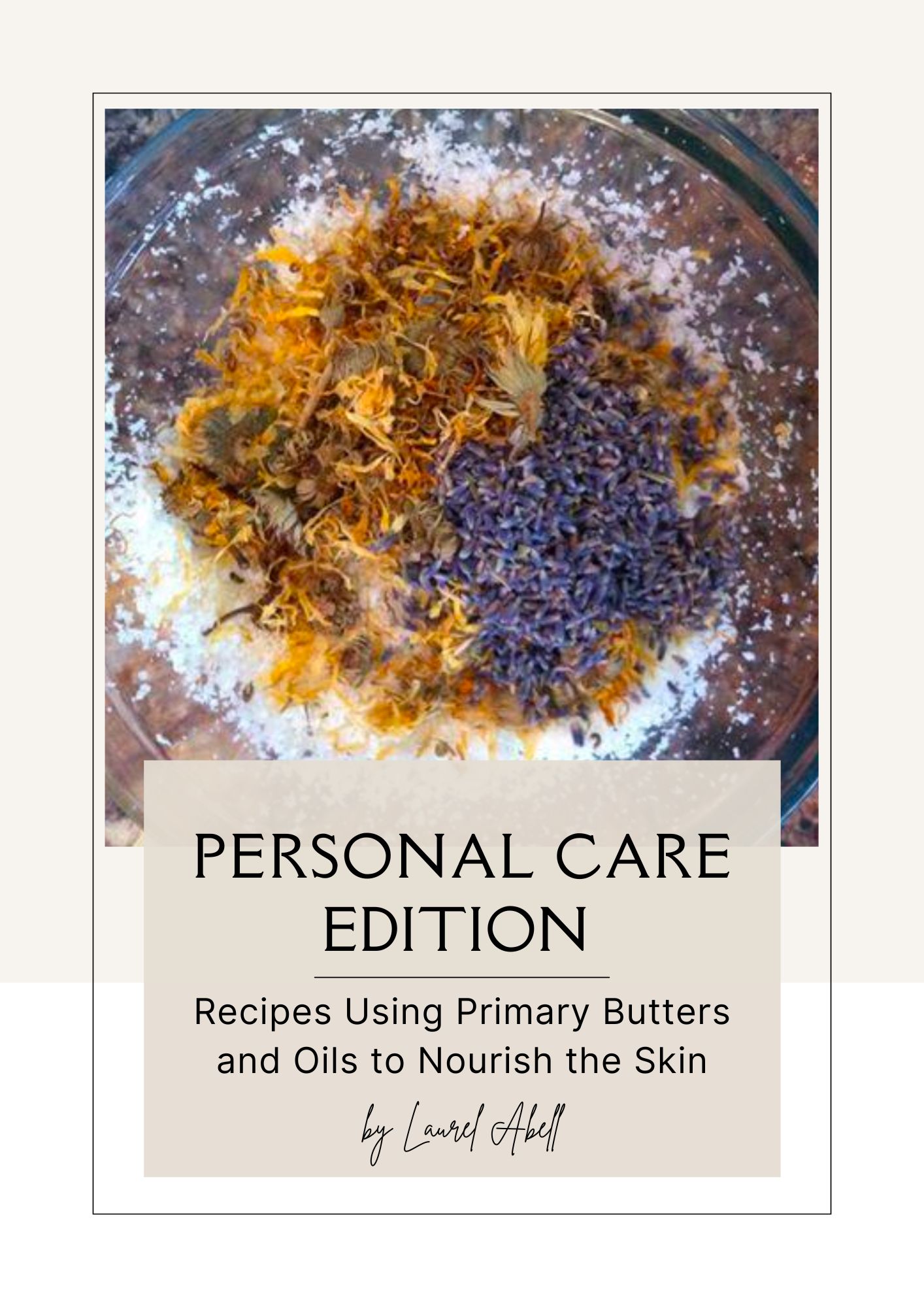
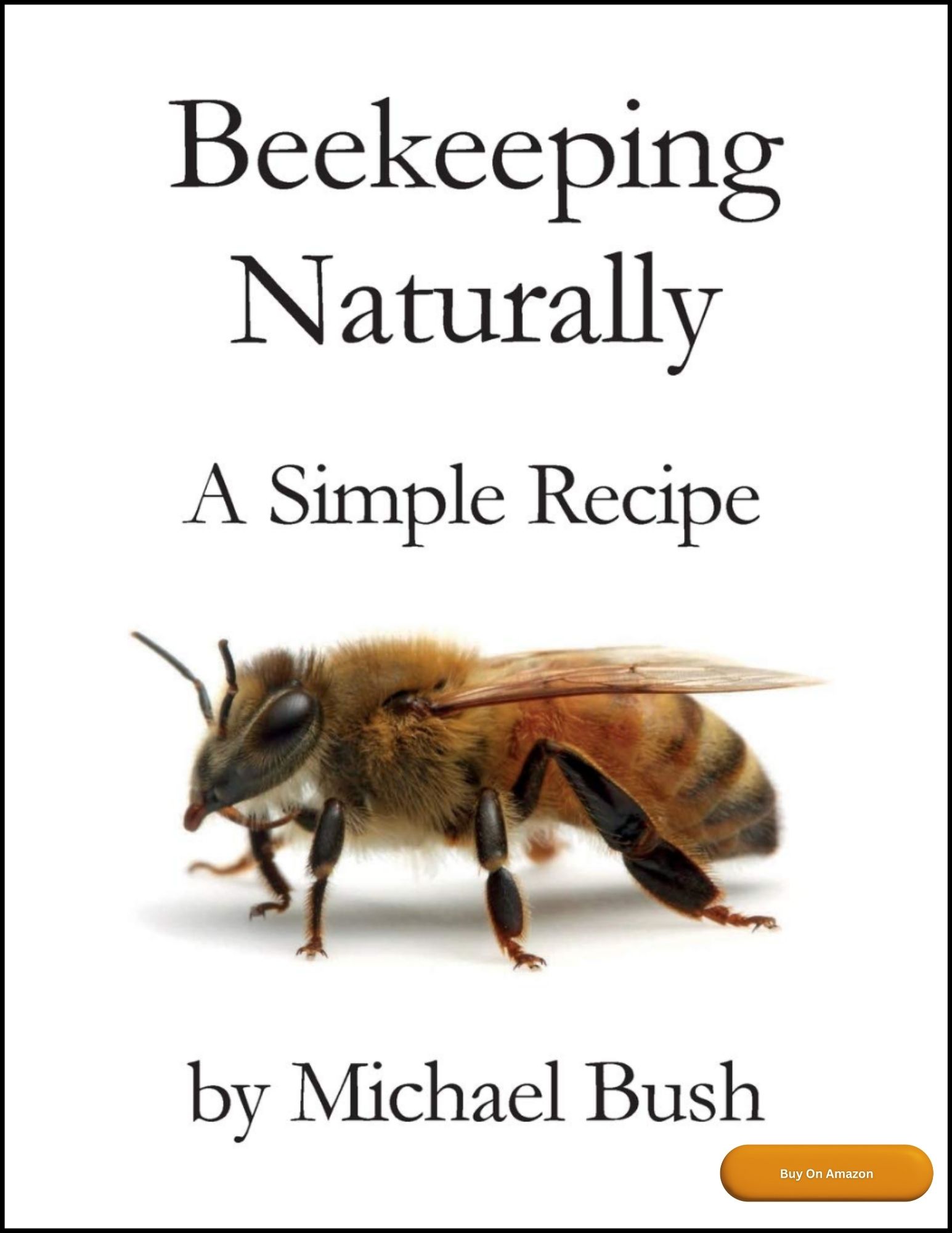
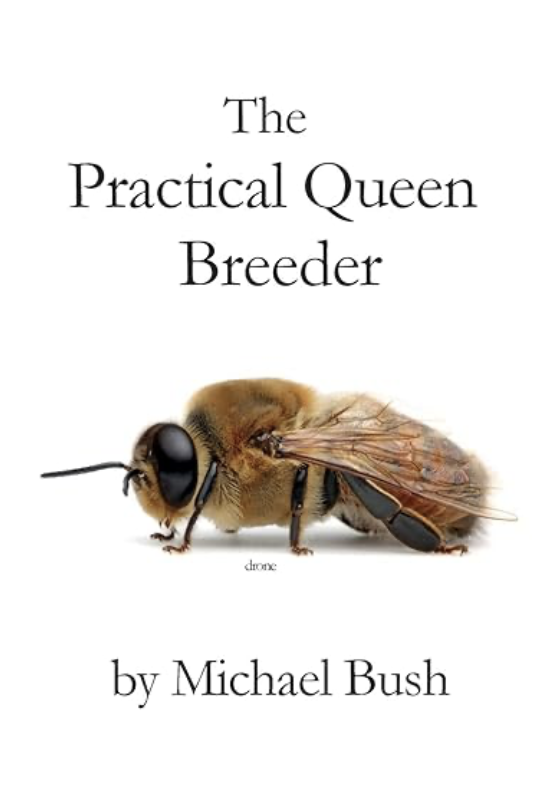
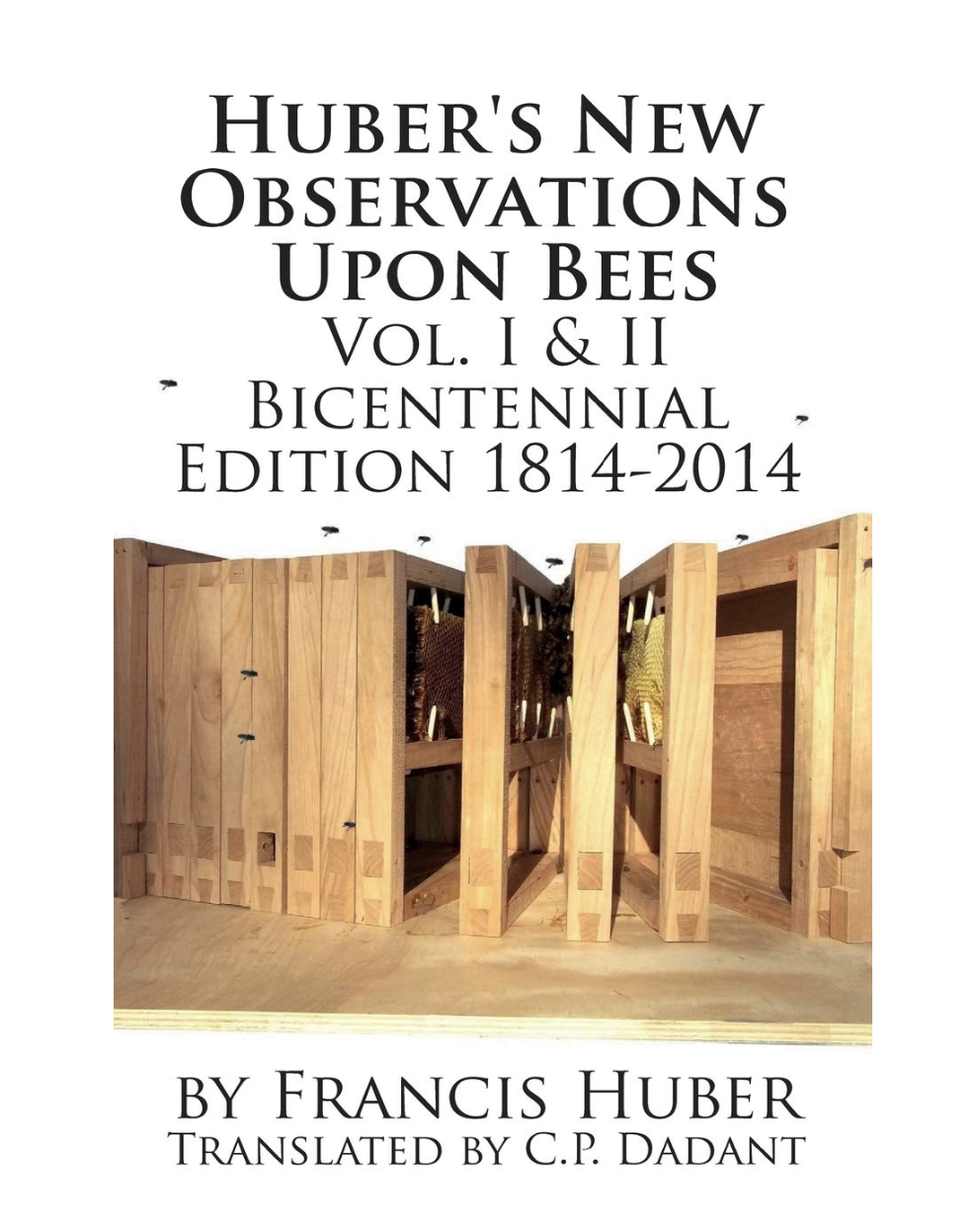
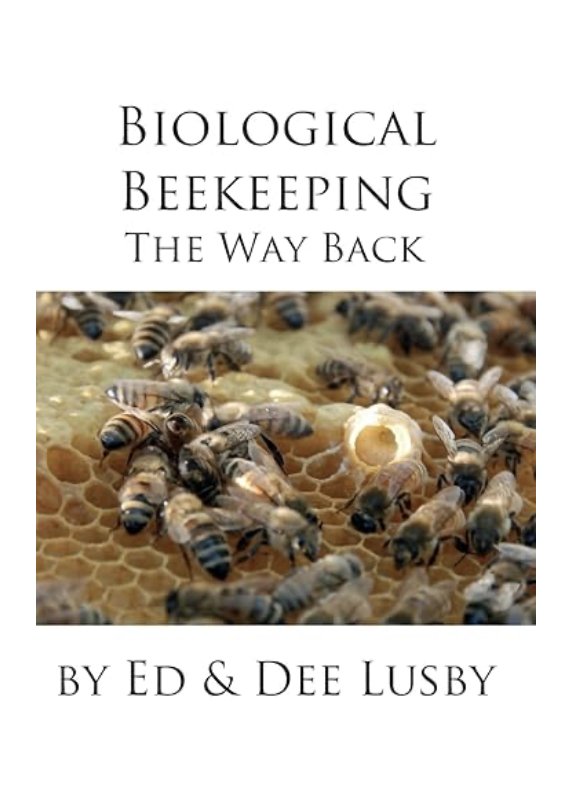
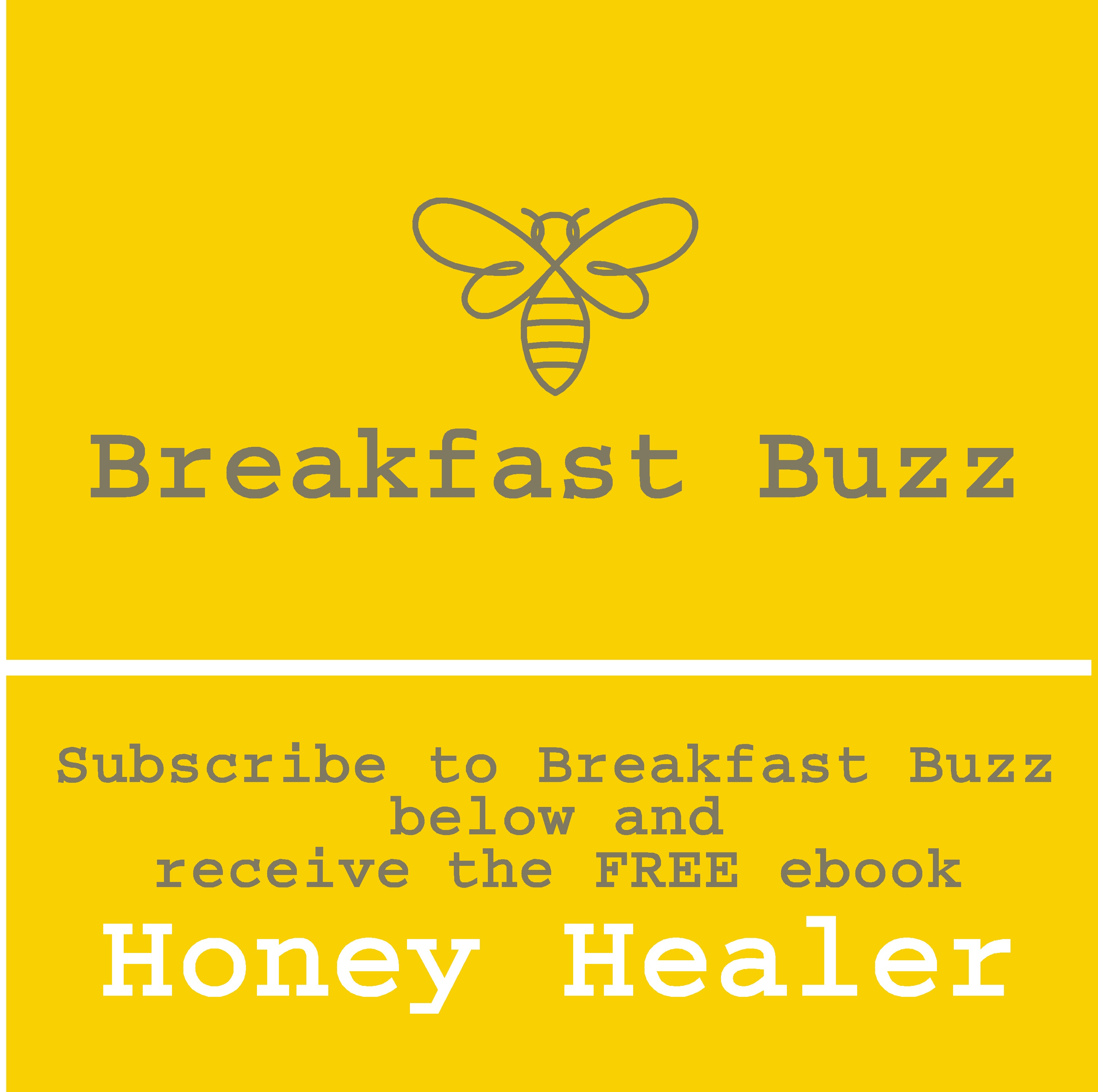
New! Comments
Have your say about what you just read! Leave me a comment in the box below.